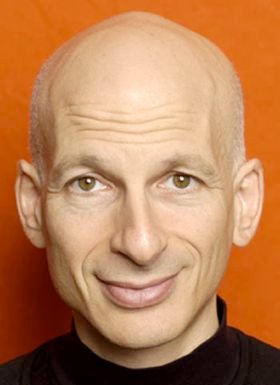Book Business reports Bowker has released the "2009 US Book Consumer Demographics and Buying Behaviors Annual Report," ($999, www.bookconsumer.com) which includes consumer-based research on who buys books and why. The 2009 Annual Report is culled from more 44,000 total respondents, responsible for the purchase of 118,000 books in 2009.
According to Bowker, the report includes in-depth book data, demographics, psychographics, and genre-category breakdowns. "This year's report provides data not available in any other source, with a scope that captures the changing nature of retail channels, including the growing presence of such mass merchandisers as Wal-Mart," the company reported in a news release. "The report captures the explosion of new electronic formats."
Some highlights from the report are:
-
More than 40% of Americans over the age of 13 purchased a book in 2009, and the average age of the American book buyer is 42.
-
Women lead men in overall purchases, contributing 64% of sales. Even among detective and thriller genres, women top 60% of the sales. Fantasy titles are purchased evenly by men and women.
-
Baby-boomers are the largest purchasing generation, making up 30% of sales. Their elders — matures — contribute 16%.
-
More income doesn't mean more book purchases. Thirty-two percent of the books purchased in 2009 were from households earning less than $35,000 annually, and 20% of those sales were for children's books.
-
The top-selling non-fiction genre is biography-autobiography.
Although online retailers have been making deep inroads in the bookselling market, the major bookstore chains sold more units than their e-tailing competitors last year, according to a report in Publishers Weekly.
Examining why consumers buy books, the study found topic/subject and author to be the two most important motivating factors, although there was a distinct difference between fiction and nonfiction. The author was the single most important reason consumers chose a novel, while subject was the top buying factor for nonfiction titles. The author finished below "browsing through a book" as a reason for buying a nonfiction work. The most common way consumers became aware of a title in 2009 was at a store through an in-store display, with recommendation the second most popular.
 Reporter Jeff Rivera quoted Seth Godin last Friday evening on
Reporter Jeff Rivera quoted Seth Godin last Friday evening on  On GreenBiz.com, Matthew Wheeland writes that, though the iPad is "a green device, it isn't a planet-saver." He refers to the New York Times op-chart "
On GreenBiz.com, Matthew Wheeland writes that, though the iPad is "a green device, it isn't a planet-saver." He refers to the New York Times op-chart " Mike Shatzkin's The Idea Logical blog responds to Nicholas Negroponte's controversial prediction that the printed book will be "dead" in five years; that is to say, the ebook will be the dominant form. Here's an excerpt of Shatzkin's post:
Mike Shatzkin's The Idea Logical blog responds to Nicholas Negroponte's controversial prediction that the printed book will be "dead" in five years; that is to say, the ebook will be the dominant form. Here's an excerpt of Shatzkin's post: Negroponte is best known as the founder and Chairman Emeritus of Massachusetts Institute of Technology's Media Lab, and is the founder of the One Laptop per Child Association (OLPC). At the Techonomy conference in Lake Tahoe, CA earlier this month, he made his startling prediction. Here's an excerpt from TechCrunch's coverage:
Negroponte is best known as the founder and Chairman Emeritus of Massachusetts Institute of Technology's Media Lab, and is the founder of the One Laptop per Child Association (OLPC). At the Techonomy conference in Lake Tahoe, CA earlier this month, he made his startling prediction. Here's an excerpt from TechCrunch's coverage: Jon Hirst (
Jon Hirst (